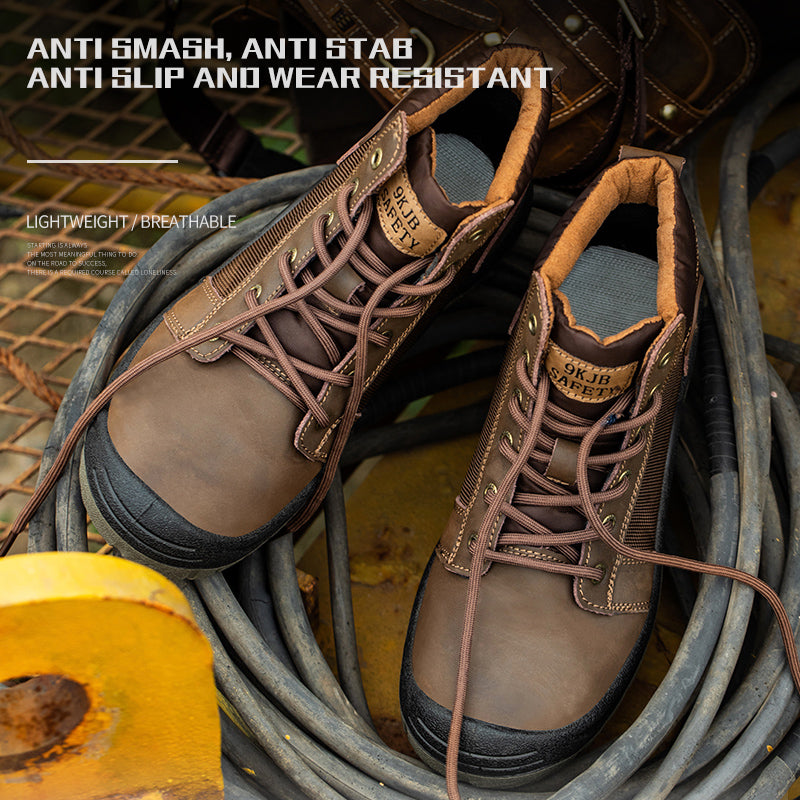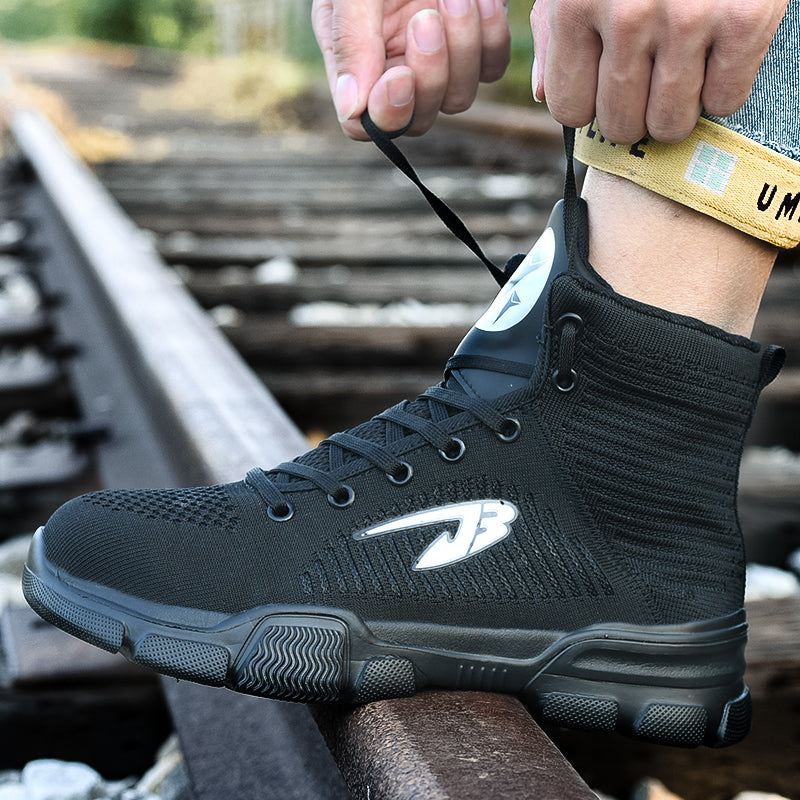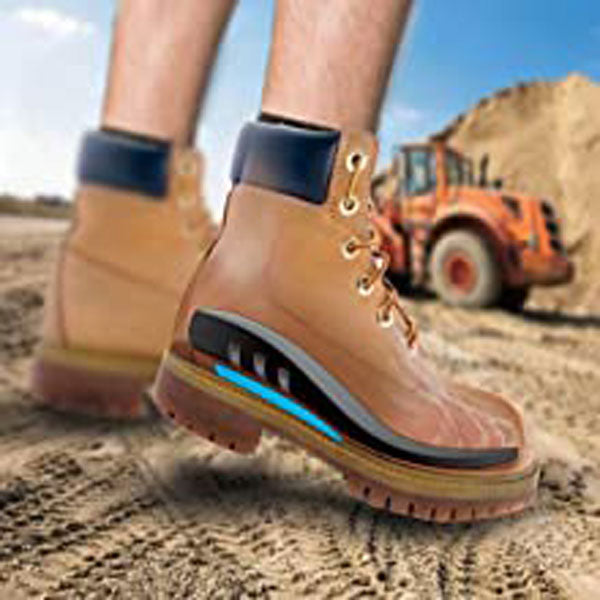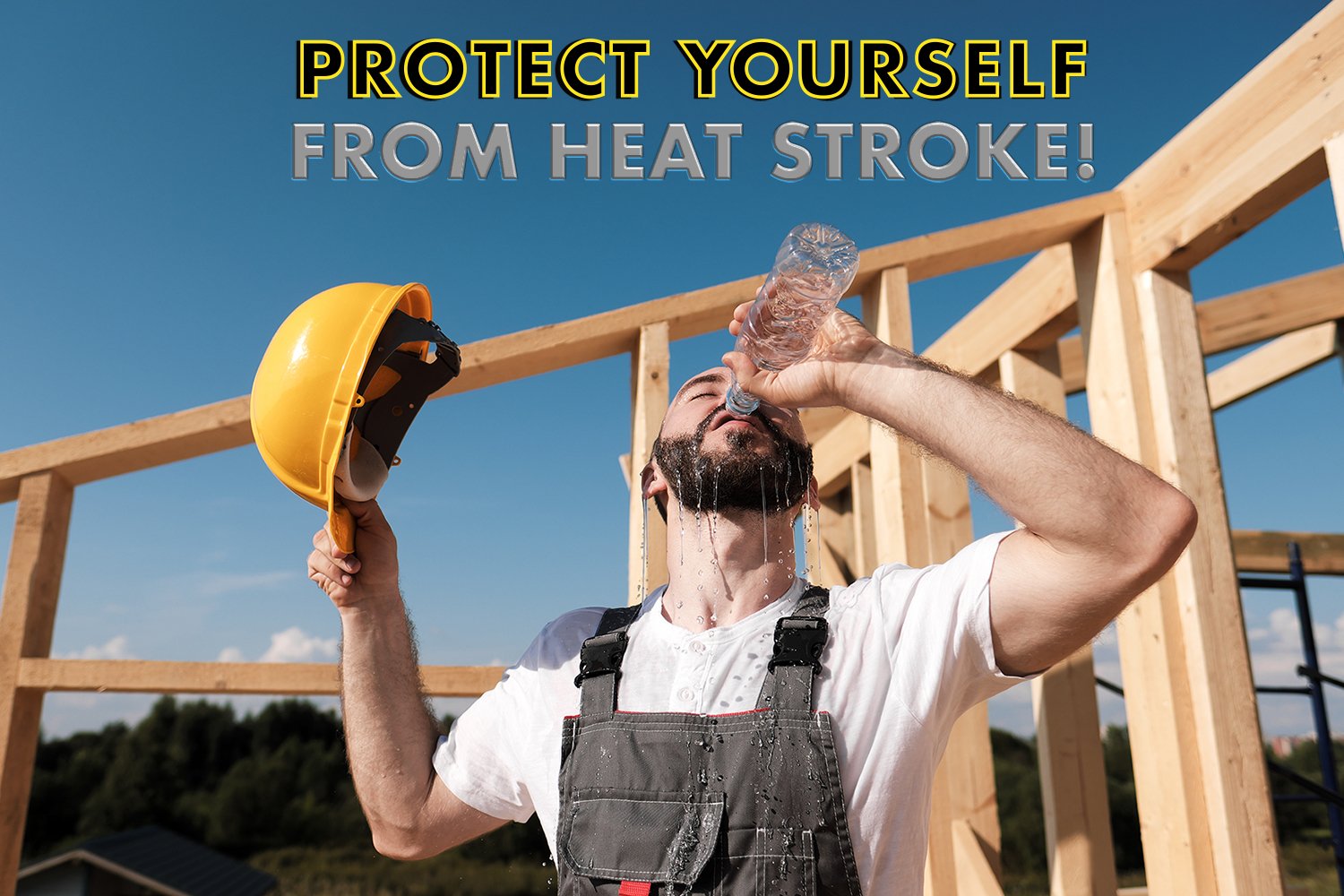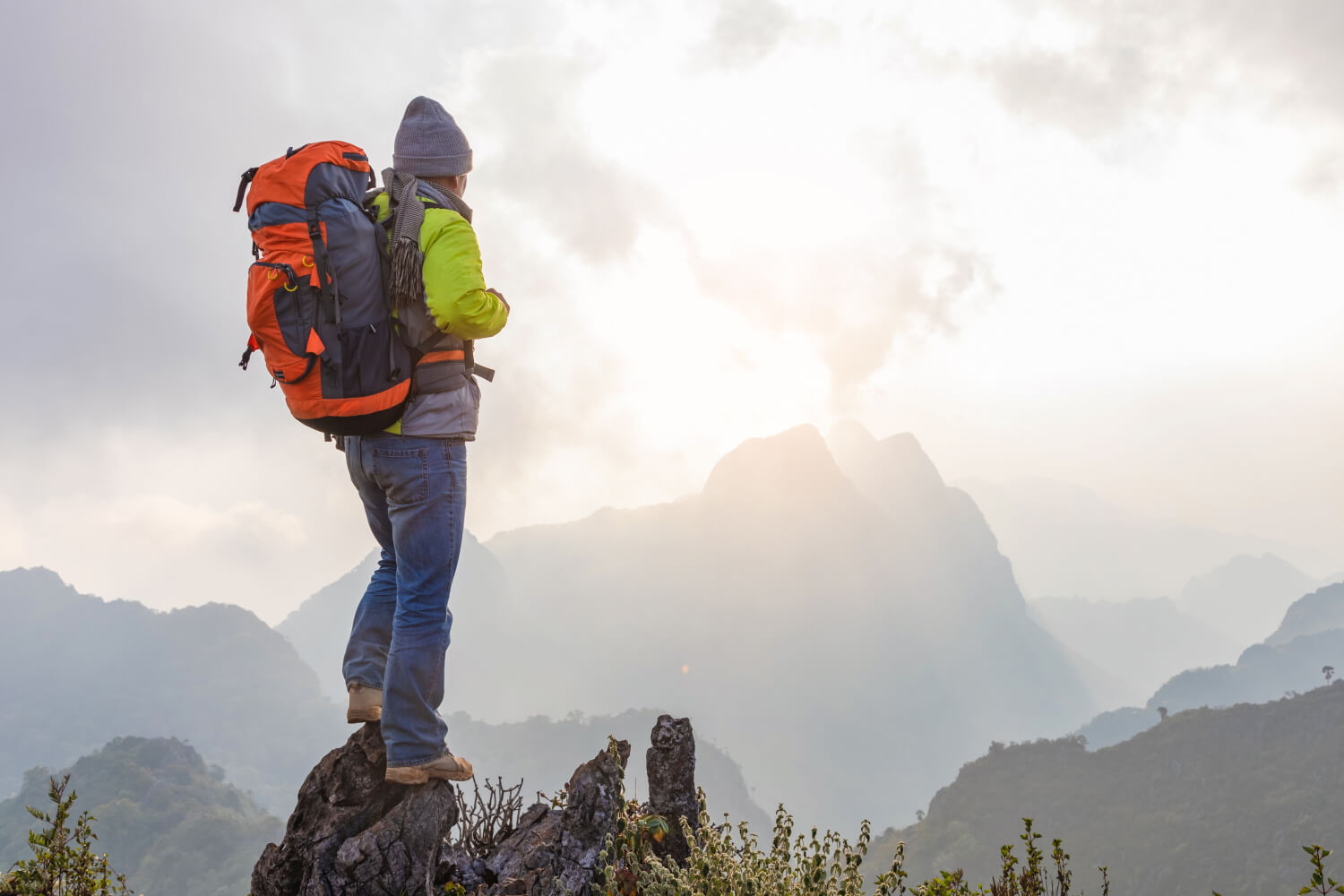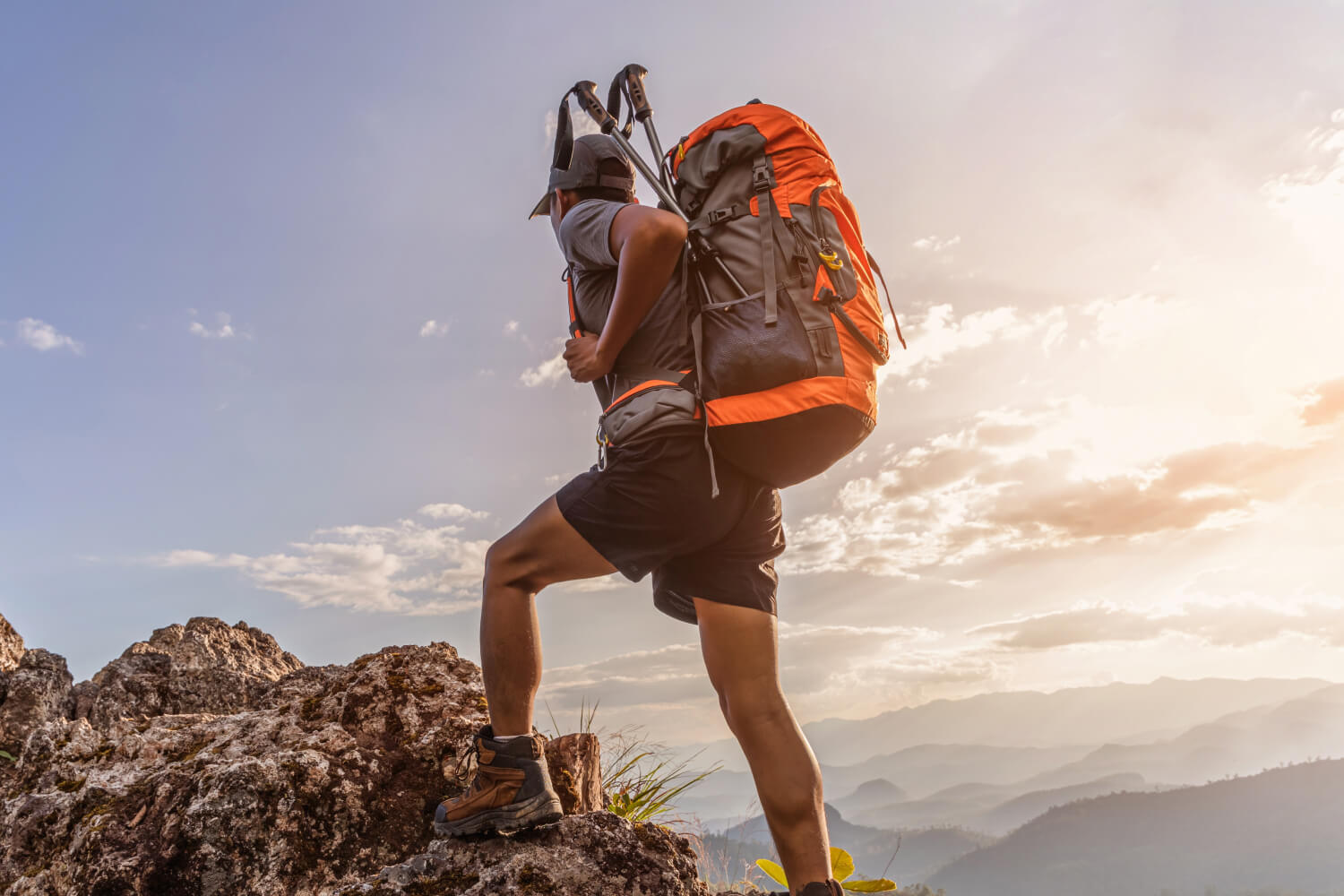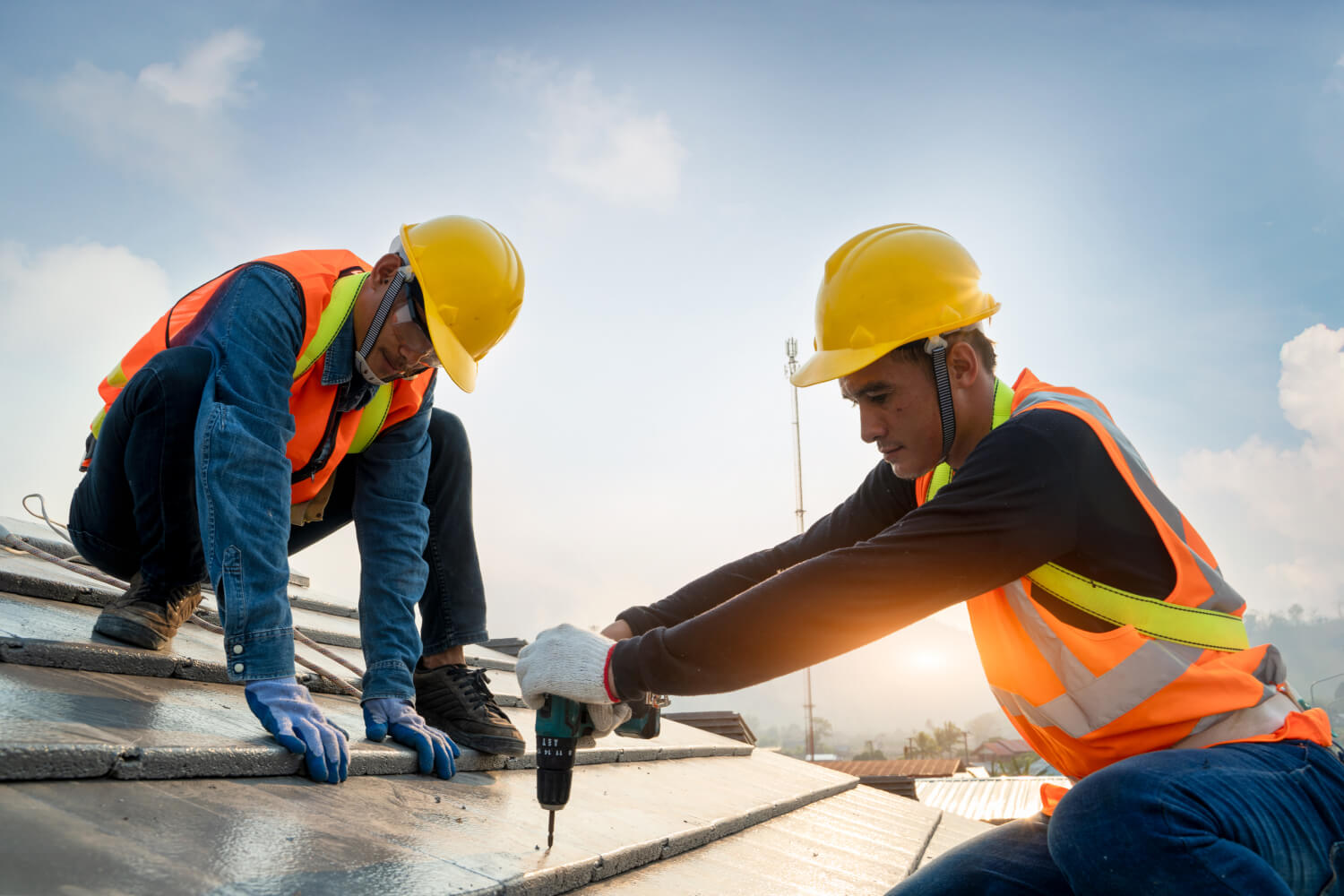It’s Getting Hot Out There!
We’re already in July and the boiling hot weather has just barely hit its peak...
Which means that it’s only going to get hotter from here on out.
While most people get to stay indoors and enjoy the cool, refreshing A/C, maybe enjoy a dip in the swimming pool, there are many others that’ll have no choice but to take on the heat, especially outdoor contractors and construction workers.
The sun glaring down and delivering a less-than-comfortable 90 degree afternoon while you’re working on the street or in a boiling attic isn’t exactly a fun or safe way to spend a day.
Most people, if they had to be outside, would wear as little to light clothing as possible but as a contractor, that heat only gets 50 degrees hotter when you have to wear protective gear and thick articles of clothing, even when the sun feels like it’s only inches away from the atmosphere.
Then add the required physical labor for an extended period of time and you’ve just turned up the heat! You might as well just work in an oven.
Joking aside, extreme heat is dangerous for anyone, but for those who have to work outdoors and endure the high temperatures, it’s a health hazard.
The Risks Of Extreme Heat
Every single year, hundreds of contractors face the high risk of sunburns, heat cramps, dehydration, heat exhaustion and heat stroke. They risk being afflicted with preventable heat-related illnesses and can even cause severe organ damage. Dozens die from extreme heat every year.
Some common signs someone is experiencing a heat stroke include:
- Change in sweat pattern
- Fast heart rate
- Headaches
- Confusion or agitation
- Nausea/vomiting
- Red skin
Though most people would refuse to even step out of their homes to do laborious work in the summer heat, there is still work that has to be done and depending on the severity, it can’t always be postponed because of the weather.
The good news is that there are OSHA-set guidelines for working in extremely hot conditions. These are something every single worker needs to know before they begin working in scorching temperatures.
It’s always best stay on the safe side of things: so whether you know them or not, here are 7 life-saving tips that’ll protect you or someone you know from the relentless summer sun at work:

Drink More Liquids
This should be a no-brainer, but when you’re out there and you’re in your workflow, your body will dehydrate over time. Keep your body hydrated with plenty of cool water or something non-caffeinated with plenty of electrolytes. Take frequency hydration breaks and keep your water source as close as possible so you can grab a drink at any time. Experts say to rehydrate every 15 minutes.
Watch Your Dress
For safety reasons, certain articles like vests, gloves, boots, socks, and even long-sleeves are a pain to wear, especially when the sun’s blazing. Do your best to wear light-colored, breathable clothes that will give your body some airflow to cool off and prevent trapped heat. For increased protection, bring safety glasses with UV protection, sunscreen and a brimmed hard hat.
Eat Light & Healthy
The last thing you want to do is worsen the discomfort of strong heat with the discomfort of feeling bloated and tired. Avoid eating a large lunch or any greasy, oily foods before or during work. Opt for something smaller and more nutritious like some fruit or a sandwich. You can eat more during breakfast, but make sure they won’t slow you down during your work shift.
Catch Your Zzz’s…
Being well rested is super important when it comes to handling manual labor for a period of time. The last thing anyone wants is to do tons of lifting and moving in the heat while they’re sleep-deprived. However, the higher temperatures during the summer make it much more difficult to sleep at night. Keep your room cool with a fan and block out plenty of rest time.
Avoid Going From Heat to A/C
When you’re in the sun for a long time, you might think walking into a room where the air conditioner is blasting would feel amazing. However, when our bodies make fast transitions into extreme temperature rooms, we experience mini-shocks. The more we force our bodies in and out of hot and cold rooms, they become strained. Breaks are very important, so instead of heading inside to an A/C unit, try relaxing somewhere that’s shady.
Watch Your Head
Keep your head and neck out of the sun as much as possible. That’s because they transport a lot of blood flow and play a major role in the body’s natural heat regulating system. Protect your head with your hard hat or any kind of hat while wearing a cooling bandana or a nape around your neck.
Don’t Rush Work
No one wants to be out working in the heat, so we might want to finish our work quickly to go home sooner. However, overexerting can speed up the onset of heat exhaustion. It’s important to pace your work and get it done safely. Depending on the workload for the day, try to get the less demanding work done first while doing the more intensive work when it gets cooler.
If it’s at all possible, avoid the afternoon shifts: try to schedule working times in the early mornings or at night when the sun’s down and the temperatures are dropped.
As you and your team are out there getting things done, be on the look-out for each other and make sure everyone is following safe work practices. It’s vital that everyone has this knowledge so they can take care of themselves and be on watch, just in case something happens.
If you notice someone out there is getting too affected by the hot temperature, pull them aside to the shade and get them hydrated. The last thing any contractor wants to be is a work-related statistic.

